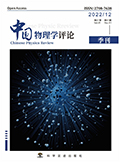参考文献
[1] Shao Y, Li X. -D. Population synthesis of black hole binaries with compact star companions[J]. The Astrophysical Journal, 2021, 920: 81.

